Sinsedong Chilcheung Jeontap - Sinsedong 7 stories Brick Pagoda (안동 법흥사지 칠층전탑)
17.0Km 2021-07-13
Beopheung-dong, Andong-si, Gyeonsangbuk-do
+82-54-840-5225
Designated National Treasure No.16, Sinsedong Chilcheung Jeontap is Korea's oldest and largest stone pagoda.
The pagoda measures 16.8 meters high with a x_width of 7.75 meters. The pagoda was originally built at Beopeungsa Temple during the eighth century of the Unified Silla Kingdom [654-935] and is the only remaining relic from the temple.
The pagoda is presently located on the estate of the head house of the Goseong Lee family. The sangryunbu, the ornamental top portion of the pagoda, has been totally lost, but the lower tiered portions are intact with beautiful carvings of Buddhist tutelary deity. Traces of tiled roof were found on each story of the tower. Historical records show that the tower was rebuilt in 1487 and that around the same period, three parts of the temple remained.
Head House of the Tapdong Branch of the Goseong Yi Clan (법흥동 고성이씨탑동파종택)
17.0Km 2022-12-21
103, Imcheonggak-gil, Andong-si, Gyeongsangbuk-do
+82-54-840-5225
Head House of the Tapdong Branch of the Goseong Yi Clan, located in Andong, serves as a residential house of the Yi descendents even to this day. Constructed in 1685, this house has all of the beautiful features that represent Joseon-style architecture. After this period, additional structures were added periodically. Across from the house is the Seven-story Brick Pagoda at Beopheungsa Temple Site.
Pachyai (파챠이)
17.0Km 2021-03-24
42, Jeongeori, 2-gil, Andong-si, Gyeongsangbuk-do
+82-54-823-2226
It is a place where the generous servings and the fantastic combination of seasoning and noodles go well together. This Chinese (cuisine) restaurant is located in Andong-si, Gyeongsangbuk-do. The representative menu is spicy seafood noodle soup.
Chunujae House / 춘우재고택
17.3Km 2025-03-05
101 , Matjil-gil, Yecheon-gun, Gyeongsangbuk-do
+82-54-655-1717
Chunoojae Old House in Jeogok-ri, Yecheon-gun, Gyeongsangbuk-do, is a late Joseon period hanok built by Kwon Jin, grandson of Kwon Eui. Gingko, peepal trees and chrysanthemums grow in its well-tended yard, and every year the petals are gathered for tea brewing, and the branches trimmed and soaked to make alcohol. There are seven guestrooms, and in the summer group visitors can make a bigger space by renting 2 or 3 together. Various traditional food experiences, such as soybean paste making, are offered. For groups of 10 or more, reservations should be made at least a week in advance.
Daraewon (다래원)
17.4Km 2021-03-26
852, Gyeongdong-ro, Andong-si, Gyeongsangbuk-do
+82-54-821-8489
A place where you can enjoy various Chinese dishes. This Chinese (cuisine) restaurant is located in Andong-si, Gyeongsangbuk-do. The representative menu is sweet and sour pork.
Gangnam Gui Nara (강남구이나라)
17.4Km 2021-03-24
107-7, Jungpyeong-gil, Andong-si, Gyeongsangbuk-do
+82-54-858-5665
It is a place that serves grilled meat with more delicious and better texture. This Korean dishes restaurant is located in Andong-si, Gyeongsangbuk-do. The representative menu is grilled seasoned eel.
Gyodong Ssambap (교동쌈밥)
17.5Km 2021-03-26
859-4, Gyeongdong-ro, Andong-si, Gyeongsangbuk-do
+82-54-858-2990
You can enjoy pork and fresh ssam vegetables grown by the restaurant owner. This restaurant's signature menu is leaf wraps and rice. This Korean dishes restaurant is located in Andong-si, Gyeongsangbuk-do.
Honggiwa Jjukkumi (홍기와쭈꾸미)
17.5Km 2021-03-30
450, Gangnam-ro, Andong-si, Gyeongsangbuk-do
+82-54-853-8538
This is a place that sells spicy Korean-style stir-fried seafood. This restaurant's signature menu is stir-fried webfoot octopus. This Korean dishes restaurant is located in Andong-si, Gyeongsangbuk-do.
Sowauri (소와우리)
17.6Km 2021-03-22
4168, Chunghyo-ro, Andong-si, Gyeongsangbuk-do
+82-54-852-5427
A restaurant specializing in goat cuisine, where you can experience unique Korean cuisine. This restaurant's signature menu is goat stew. This Korean dishes restaurant is located in Andong-si, Gyeongsangbuk-do.
Yeongju Museom Village (영주 무섬마을)
17.6Km 2021-08-24
31-12, Museom-ro 234beon-gil, Yeongju-si, Gyeongsangbuk-do
+82-54-638-1127
Located in Sudo-ri in Yeongju, Gyeongsangbuk-do, Museom Village is a charming hanok village surrounded by water. Flowing down from Sobaeksan Mountain and Taebaeksan Mountain, Naeseongcheon Stream and Yeongjucheon Stream converge and loop around Museom Village, surrounding the village on three sides with water. This peninsula-like village is not only the center of traditional Korean culture, but also has a gorgeous natural landscape complete with a wide sandy riverside and a lush inland forest.
Known for Haeudang and Manjukje Houses (two of the most historical hanok houses in the area), the village is also home to other outstanding traditional houses such as the Kim Gyu-jin House and the Kim Wi-jin House. Manjukje House is located at the heart of the village and the oldest traditional house in this hanok village. Manjukje was built in 1666 (7th year of King Heonjong's reign) by Bak Su (the father of the Bannam Bak Family).
Nearby Manjukje is Manun House, built in the early 19th century and named after Kim Hwi-geol (penname “Manun”). The house later became the home of the wife of the famous poet Jo Ji-hun, author of “Byeolli,” a poem expressing the beauty of Museom Village.
Other notable houses include the Kim Wi-jin House (a house belonging to aristocrats), the Kim Jeong-gyu House (a house without the traditional outer fencing), and the Bak Jae-yeon House, where the writings of Bak Gyu-su (a respected scholar during the Joseon period) still remain today.
Another famous attraction in the village is the Single Log Bridge, which was the village’s only connection to the outside world for over 350 years before the construction of Sudo Bridge in 1979. It is a tiny bridge in terms of x_width (30 cm), but it stretches for over 150 meters. It is said that the bridge was rebuilt annually after being destroyed each rainy season. With the construction of Sudo Bridge, the Single Log Bridge was no longer needed, but was rebuilt some time later in its original form. To celebrate the bridge’s impressive history, the village hosts the Single-Log Bridge Festival every October.
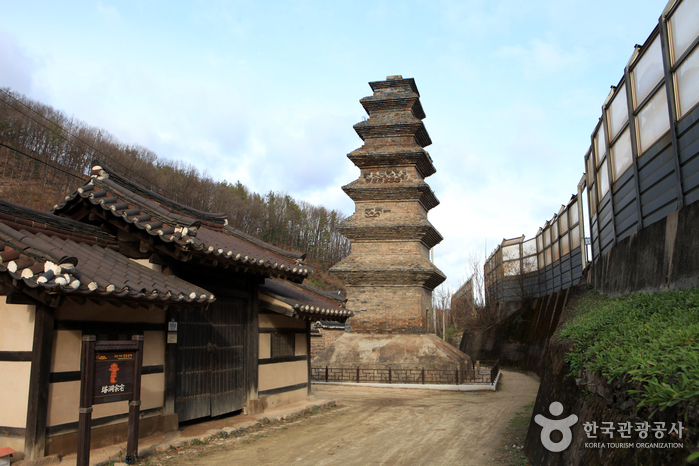
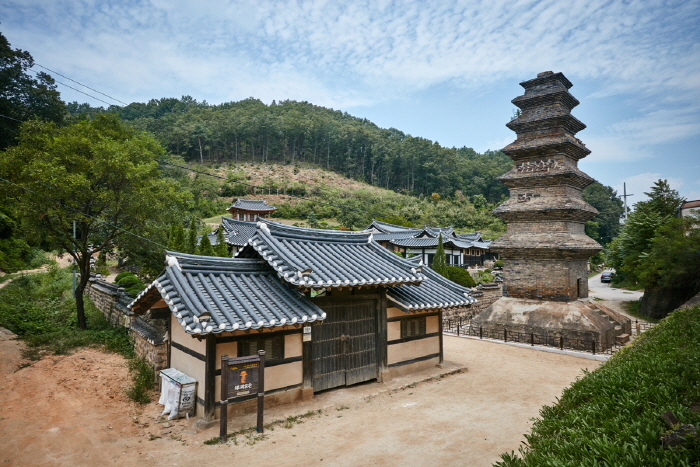
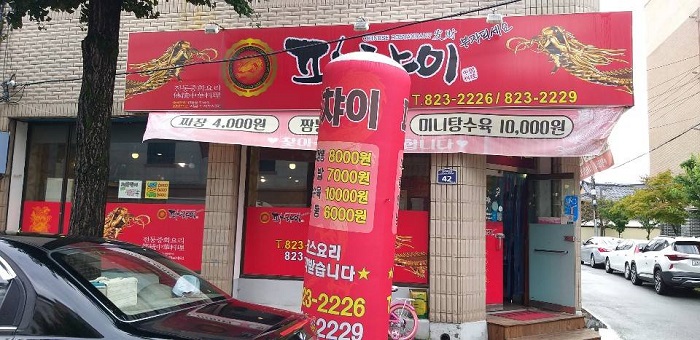
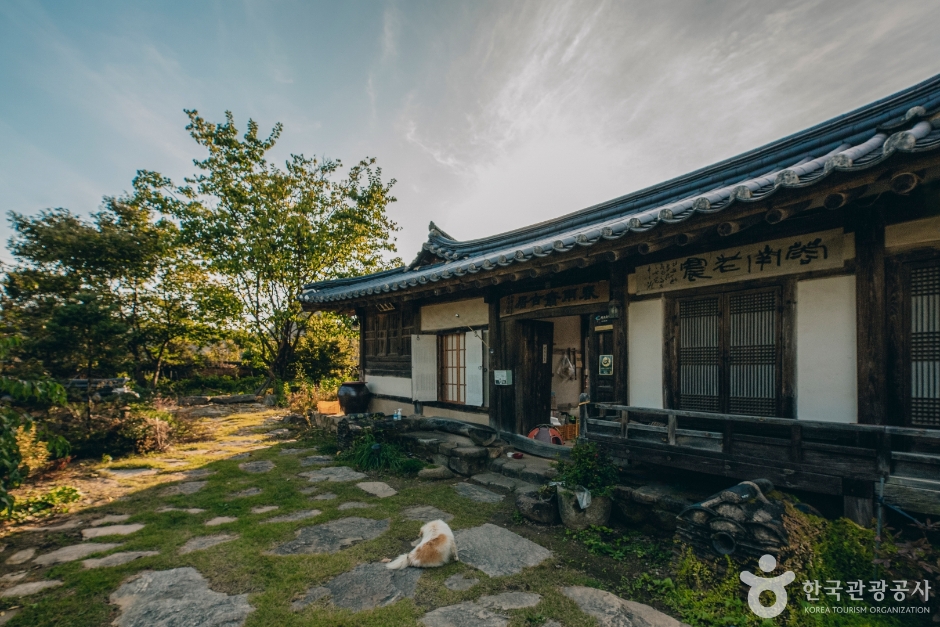
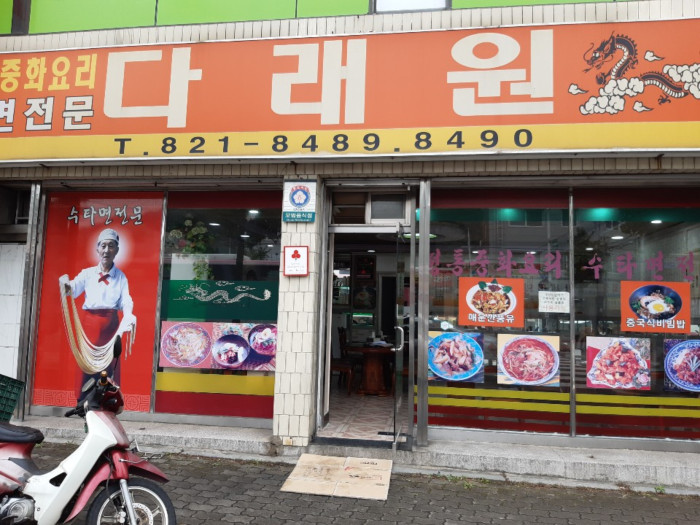
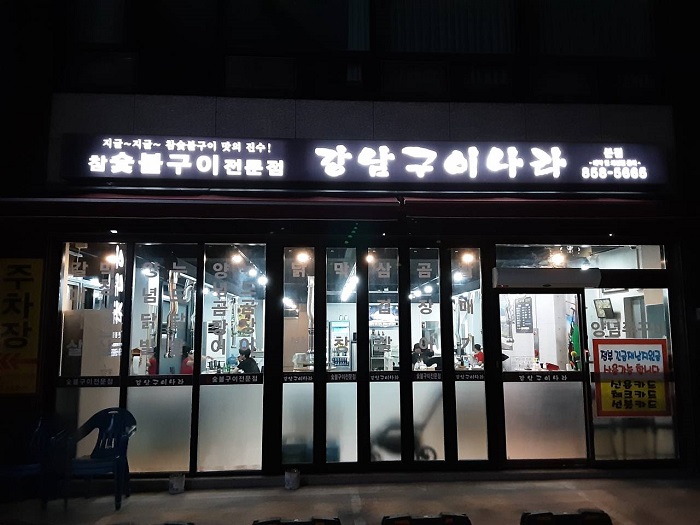
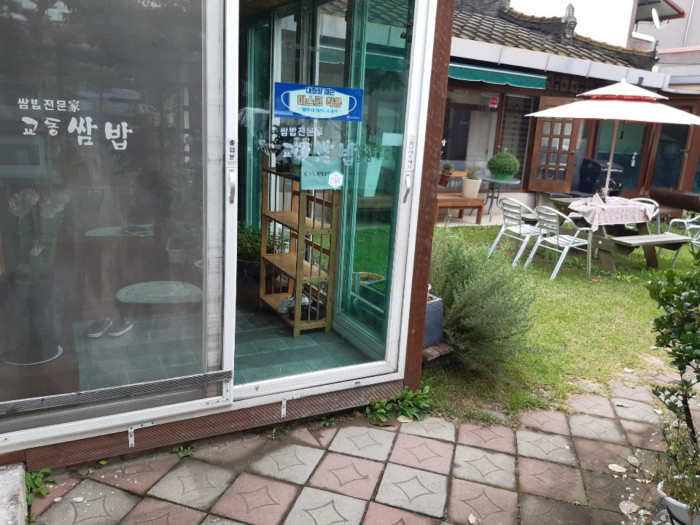
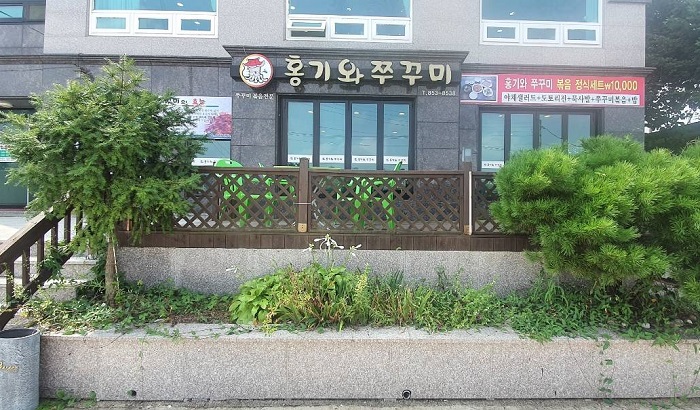
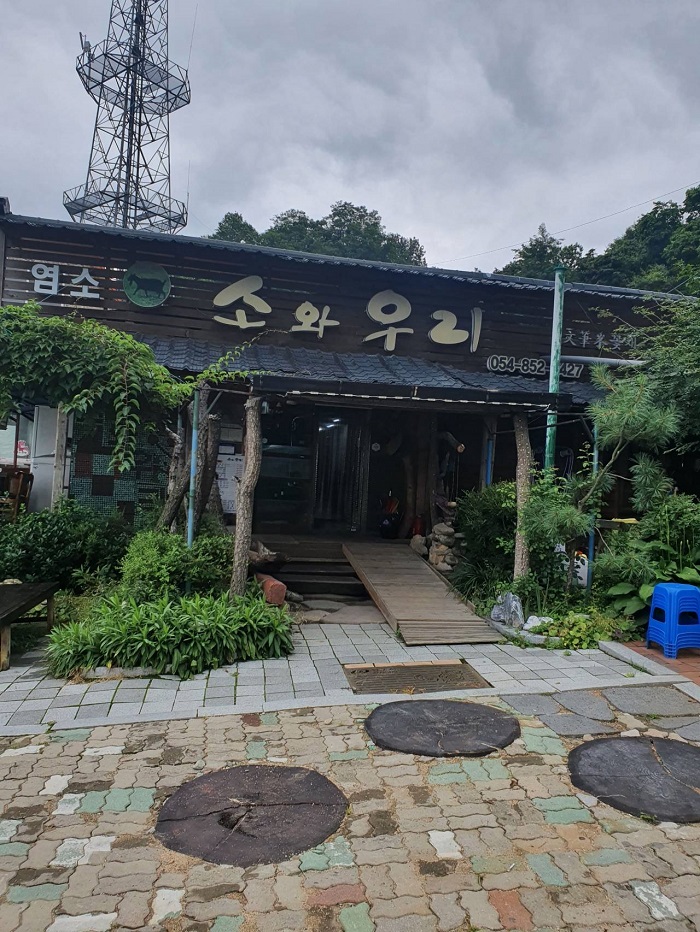
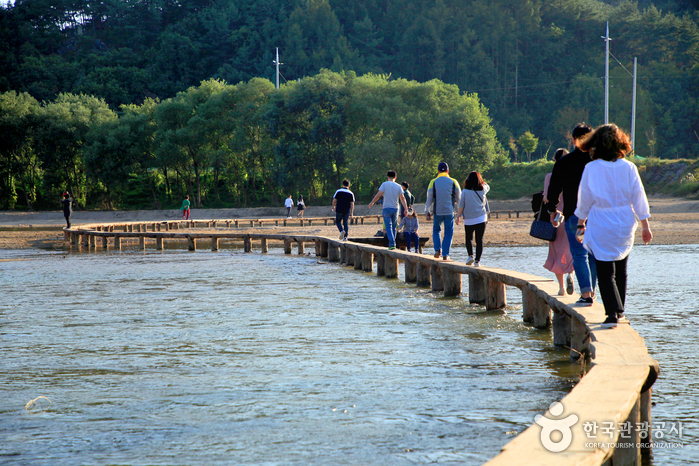
 English
English
 한국어
한국어 日本語
日本語 中文(简体)
中文(简体) Deutsch
Deutsch Français
Français Español
Español Русский
Русский